Mastering Skin Analysis Techniques for Beauticians: A Comprehensive Guide
Here I will detail how beauticians can master skin analysis techniques, including understanding the four main skin types (dry, oily, sensitive, and combination) and learning how to accurately identify and analyze these skin types. In addition, we will introduce the key steps and common tools of skin analysis to help beauticians provide excellent skin care services.
What is skin analysis?
Skin analysis is the process by which beauticians examine and evaluate a client's skin type, condition, and specific issues. By conducting a detailed skin analysis, beauticians can gather important information about their clients' skin health so they can provide them with personalized skin care recommendations.
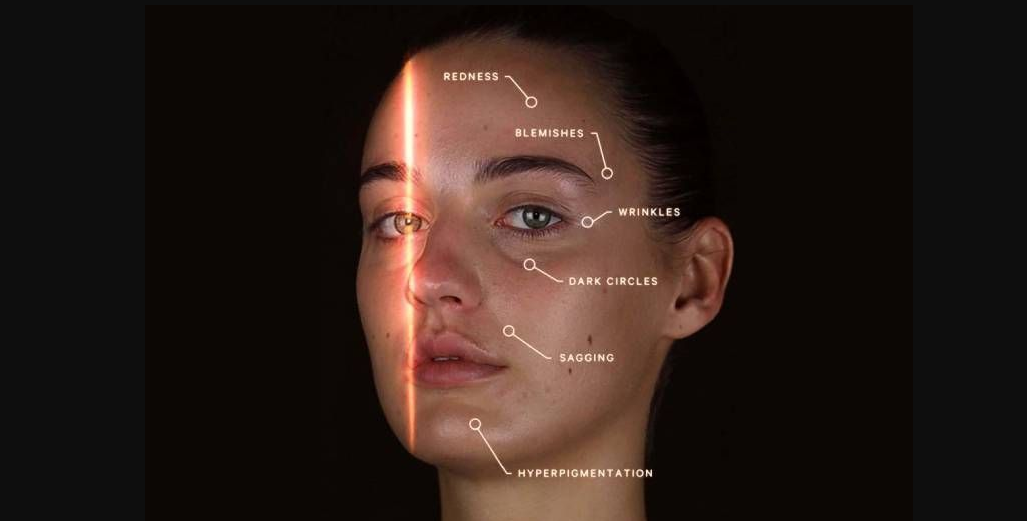
The main goals of skin analysis include:
Identify skin type: Understand whether the client's skin is dry, oily, sensitive or combination, and help beauticians choose the right skin care products and treatments.
Evaluate skin condition: Analyze the health, moisture content, elasticity and texture of the skin to help identify potential problems.
Discover specific skin problems: such as acne, pigmentation, signs of premature aging, etc. This helps design targeted care plans.
Personalized skin care recommendations: Based on the results of the skin analysis machine, beauticians can recommend appropriate products, treatments and skin care plans for customers.
Four main skin types
When beauticians perform skin analysis, they usually divide the skin into four main types: dry skin, oily skin, sensitive skin and combination skin. Understanding the characteristics of these skin types is essential for accurate analysis and recommended care plans.
Dry skin
Characteristics: lack of oil, dull, tight, easy to peel, prone to fine lines and redness.
Care focus: Provide deep hydration and nourishment for dry skin, use gentle cleansers, moisturizing toners and moisturizing creams.
Oily skin
Characteristics: Excessive sebum secretion, large pores, shiny surface, prone to acne and blackheads.
Nursing focus: Control oil secretion, shrink pores and prevent blackheads. Suitable for oil-control cleansers, astringent toners and light moisturizing lotions.
Sensitive skin
Characteristics: Easily irritated, often red, itchy and inflamed, easily affected by skin care products or environmental factors.
Nursing focus: Soothe and repair the skin barrier, use mild, fragrance-free and alcohol-free cleansers, non-irritating toners and hypoallergenic moisturizing products.
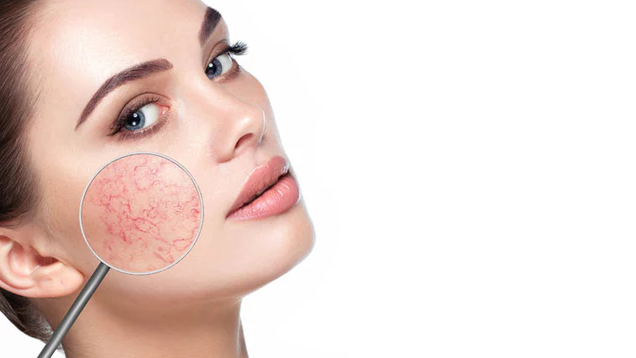
Combination skin
Characteristics: The T zone (forehead, nose, chin) is usually oily, while the cheek area is relatively dry or normal.
Nursing focus: Care for the T zone and cheek area separately, use refreshing cleansers, balancing toners and light moisturizing products to control the oil in the T zone and moisturize the cheeks.
Understanding these skin types can also reveal deeper insights into overall wellness—discover more in our article on what your skin reveals about your health.
Here's a table summarizing the four main skin types and their characteristics and care focuses:
|
Skin Type |
Characteristics |
Care Focus |
|
Dry Skin |
Lack of oil, dull appearance, tight, easy to peel, prone to fine lines and redness. |
Provide deep hydration and nourishment, use gentle cleansers, moisturizing toners, and moisturizing creams. |
|
Oily Skin |
Excessive sebum secretion, large pores, shiny surface, prone to acne and blackheads. |
Control oil secretion, shrink pores, prevent blackheads. Use oil-control cleansers, astringent toners, and light moisturizing lotions. |
|
Sensitive Skin |
Easily irritated, often red, itchy and inflamed, affected by skin care products or environmental factors. |
Soothe and repair the skin barrier, use mild, fragrance-free, alcohol-free cleansers, non-irritating toners, and hypoallergenic moisturizers. |
|
Combination Skin |
T-zone (forehead, nose, chin) oily, cheek area dry or normal. |
Care for T-zone and cheek area separately, use refreshing cleansers, balancing toners, and light moisturizing products to control oil and hydrate. |
6 key steps of skin analysis
1. Customer consultation
Have a detailed consultation with the customer to understand their skin care habits, lifestyle, diet and specific skin problems.
Understand the customer's skin care goals and expectations to provide a basis for subsequent analysis and treatment.
Learn more about why this is the foundation of every assessment in our article on what is the first step in a skin analysis.
2. Visual inspection
Observe the appearance of the skin under natural light, check the skin tone, texture and whether there is obvious pigmentation, redness, acne, etc.
Assess the overall condition of the skin and determine areas that need further attention.
3. Tactile inspection
By touching the customer's skin with your fingers, feel its texture, softness and moistness.
Check the elasticity of the skin, gently pinch the skin and observe its recovery speed to judge the health and elasticity of the skin.
4. Magnification inspection
Use a magnifying glass or "Woods Lamp" to conduct a detailed magnified inspection of the skin to observe problems that cannot be seen with the naked eye.
Identify problems such as skin oil levels, pigmentation, pores and potential sun damage.
5. Skin analyzer examination
Use a skin analyzer to perform a more accurate skin test, analyze the skin's water and oil balance, pores, pigmentation, wrinkles and other detailed data, and combine the skin analysis machine and the skin analyst's judgment to get the final result.
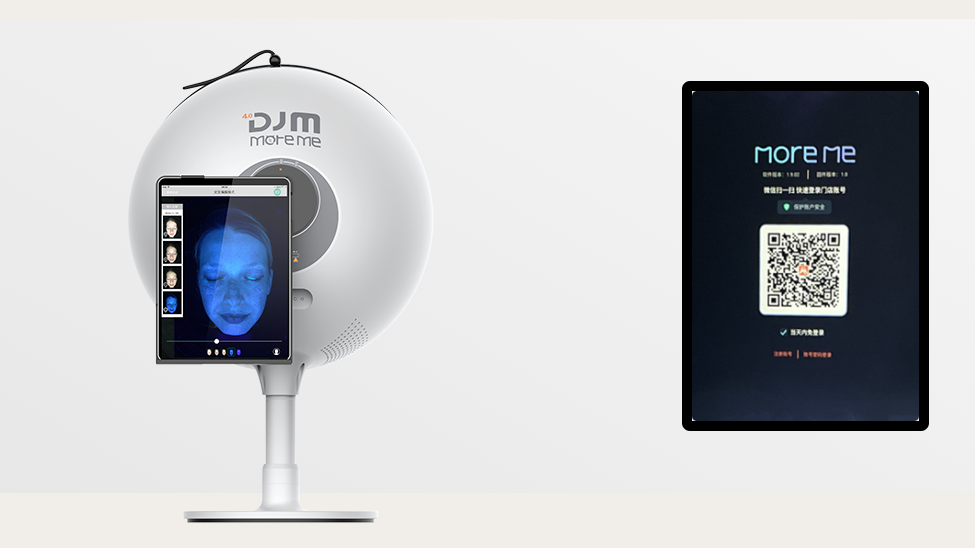
6. Analysis and Recommendations
Based on the above examinations, determine the customer's skin type, main problems and treatment needs.
The purpose of these steps is to accurately recommend suitable skin care products, daily skin care plans and provide professional beauty services to customers. Especially when combined with skin analysis instruments, the accuracy is further improved because many problems that cannot be detected by the eyes and human judgment errors can be corrected by skin analysis machines.
Commonly used skin analysis tools
Magnifier lamp: magnifies the skin surface, allowing beauticians to clearly observe skin details such as fine lines, pigmentation and uneven skin texture.
Woods Lamp: Through ultraviolet light source, it shows potential skin problems such as pigmentation, dryness, oil secretion and sun damage.
Skin analyzer: uses advanced technology to measure the moisture, oil, elasticity and pore status of the skin, providing more detailed skin health data.
Moisture tester: Tests the moisture level of the skin to determine whether the skin is dehydrated.
These tools can be combined with visual, tactile and magnified inspections to help beauticians obtain more comprehensive skin analysis data.
Read more
Summary
Mastering the skin analysis technology of beauticians is essential for providing personalized skin care treatments and recommendations. By understanding the four main skin types, following a systematic analysis process, and using professional tools, beauticians can accurately assess the client's skin condition, identify potential skin problems, and tailor skin care recommendations and treatment plans.
Key Points Summary:
Understand the client's skin type, lifestyle, and skin care goals.
Accurately assess the skin's health through visual, tactile, and tool analysis.
Develop personalized treatment plans and skin care plans based on the client's needs.
Regardless of the client's skin type, in-depth analysis and personalized recommendations will help beauticians provide customers with an excellent skin care experience, enhance customer satisfaction and trust. By continuously improving skin analysis technology, beauticians will be able to more effectively meet customers' skin care needs and consolidate their professional position in the beauty industry.
Table of Contents
Related information
How can we help you?
Have specific questions or requests? Fill out our inquiry form, and our dedicated team will get back to you promptly. Your inquiries are important to us, and we are committed to providing comprehensive and personalized responses tailored to your needs.


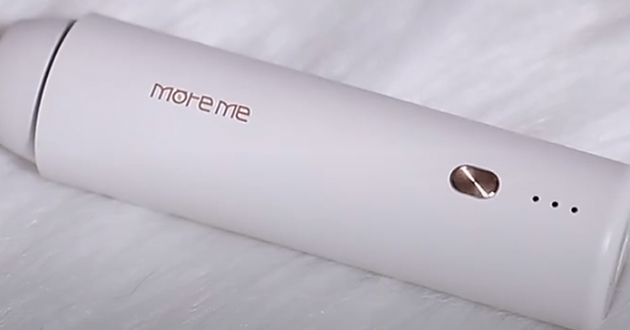
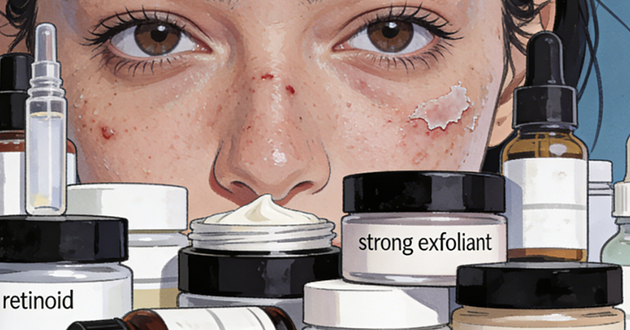
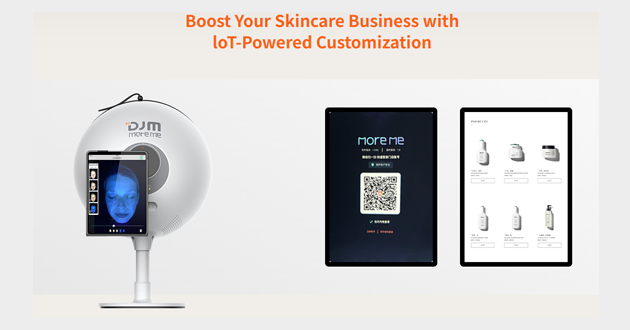
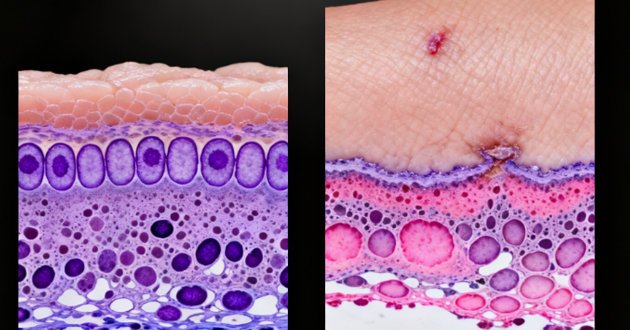
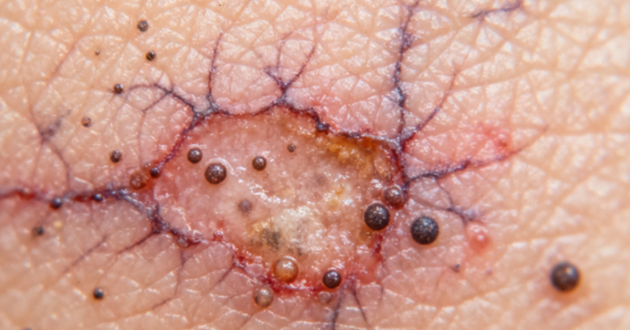
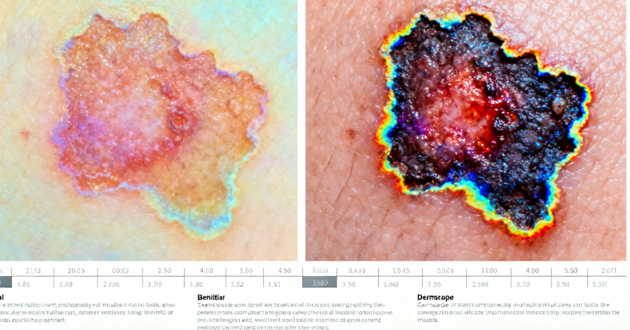
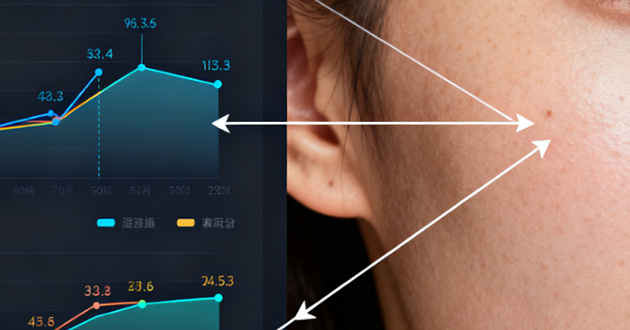
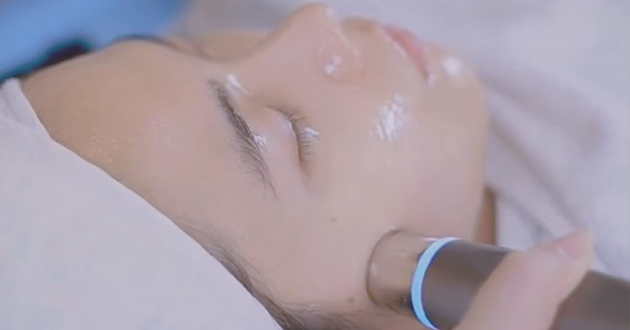


 Reach out to us today!Whether you are preparing to start your own
business in the beauty industry, are ready to upgrade your
equipment, or are just interested in our products,Contact us
today, and let’s explore how we can partner to achieve your goals
and drive your success to new heights!
Reach out to us today!Whether you are preparing to start your own
business in the beauty industry, are ready to upgrade your
equipment, or are just interested in our products,Contact us
today, and let’s explore how we can partner to achieve your goals
and drive your success to new heights!
